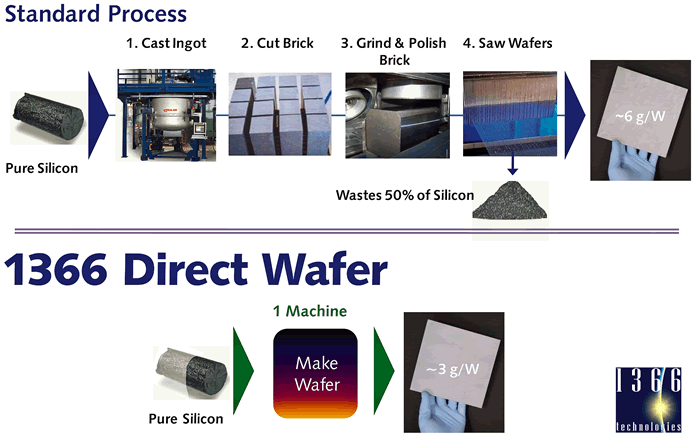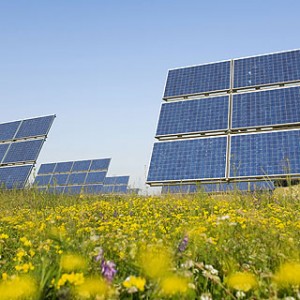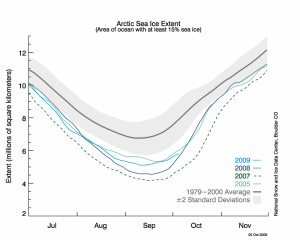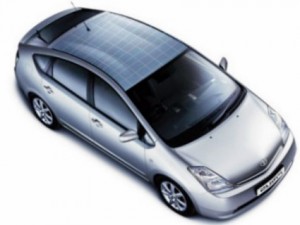The latest news about Vermont Yankee – The leak of Cesium-137 is not a new leak. From VermontBiz.com (click here) or the Burlington Free Press (here).
“In a statement issued yesterday, Vermont Yankee said that recent news reports have focused less on the tritium resolution and more on the other isotopes found in the soil at the plant. Despite the recent media coverage, Vermont Yankee said the presence of Cesium-137 and other radionuclides found in the soil at the plant is not new news. During the first week of March, the company shared soil sample results with the Vermont Department of Health indicating the existence of cesium in the soil.”
What’s worse than a nuclear power plant that leaks radioactive tritium? A nuclear power plant that leaks radioactive cesium. The good news that it’s not a new leak. Vermont Yankee ” has not had a fuel defect that could leak Cesium-137 since 2001.” Exactly how is this reassuring?
It’s “not dangerous” according to the NRC and the people who either lied or didn’t know about the tritium leaks.
In an unscientific web-based poll (here) WPTZ a Vermont television station affiliated with NBC, 5,487 or 53% of the responders said Vermont Yankee should be shut down now (3,387 / 33%) or when it scheduled to shut down in 2012 (2,100 / 20%). The question was “Do you think Vermont Yankee should continue operations beyond its scheduled shut down in 2012?
” The question was answered affirmatively by 4,506, or 44%.
The Vermont Dept. of Health provided a summary, here of tritium contamination, here.
While nuclear power provides a tremendous amount of power from a small amount of material, it is very expensive when done right. And when done wrong we have disasters like Three Mile Island, Chernobyl, and business as usual like Vermont Yankee, Indian Point, Oyster Creek – the list of accidents is long for each operating nuclear power plant.
The economic externalities of nuclear and coal are very expensive in terms of health effects to people and the environment. As I’ve addressed elsewhere in this blog, solar, wind, and other renewable sources are safe and inexpensive, and the economic externalities are beneficial.
The only good news is that Vermont, in the spirit of Ethan Allen, is pointing the U. S. in the direction we need to go, vis a vis nuclear power.

![]()










